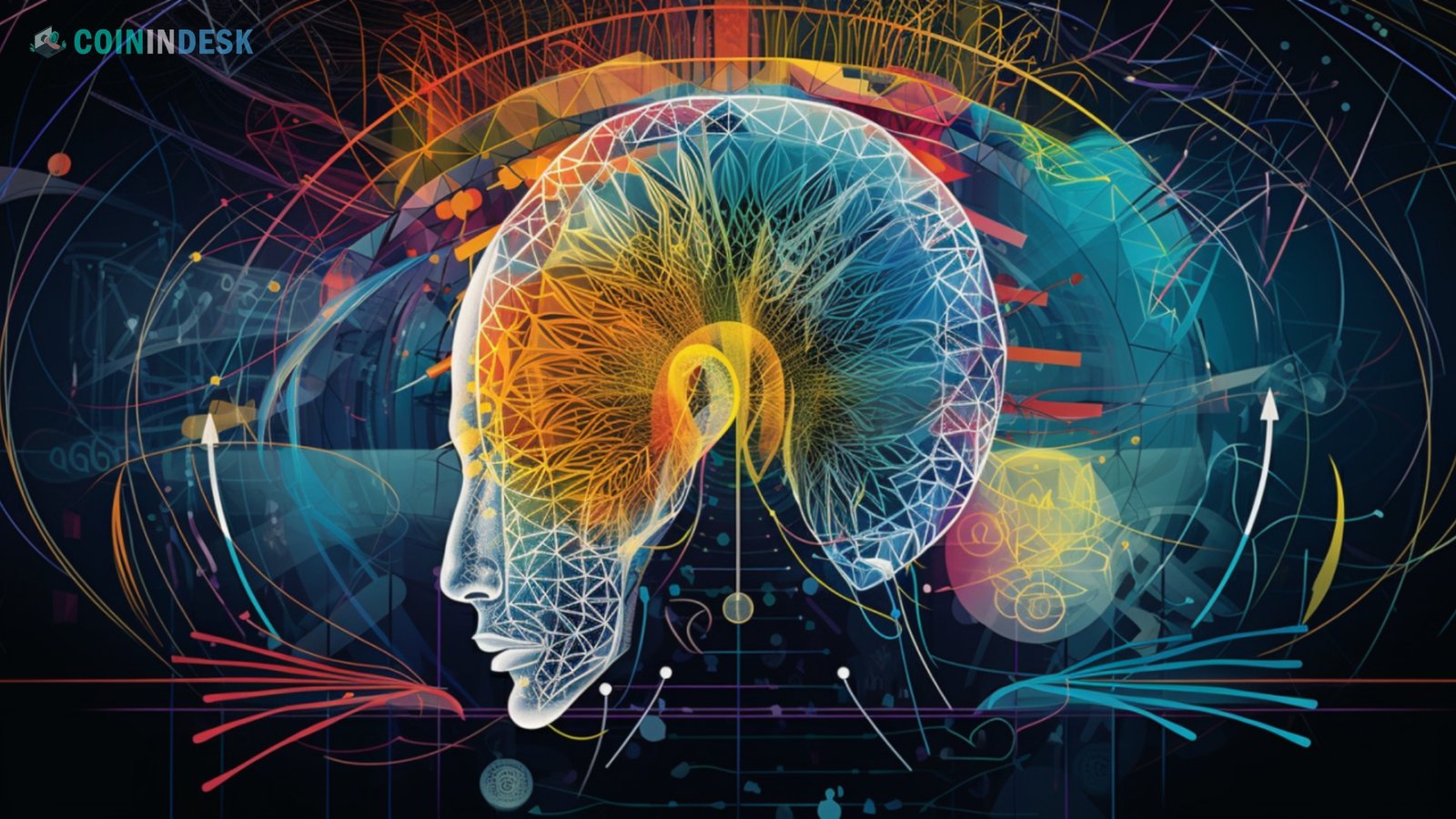Web3 Is Dead: In recent years, the rise of Web3 has been seen, which has the potential to radically alter our relationship with the internet. Web3, built on blockchain technology, promised to eliminate intermediaries, decentralize power, and usher in a new age where users own and control their data, identities, and digital estates. For some in the tech industry, including investors, early users, and developers, it was a call to arms for a more just and equal future in the digital realm.
However, as we move deeper into the 2020s, “Web3” is increasingly met with scepticism. What was once hailed as the next big thing is now being questioned, with critics arguing that the vision has either stalled or failed. Has Web3, once considered the future of the internet, truly met its demise?
The Promise of Web3
To understand why Web3 is being declared “dead” by some, it’s important to revisit what it set out to achieve. Web1, the earliest iteration of the internet, was largely static. Users consumed information but didn’t interact much with content. Then came Web2—the social, interactive web—where platforms like Facebook, Twitter, and YouTube became central hubs of user-generated content, giving rise to tech giants.
Web3 aimed to fix the pitfalls of Web2. It was framed as an antidote to centralized platforms where a few tech companies monopolized power and user data. Web3 advocates proposed a decentralized web where users would control their data, identity, and assets. Blockchain technology was the backbone, enabling trustless transactions, decentralized applications (dApps), and token-based economies.
The concept of tokenization meant users could own digital assets, from cryptocurrencies to Non-Fungible Tokens (NFTs), giving them financial stakes in the ecosystems they engaged with. Smart contracts allow for automated, decentralized operations, cutting out intermediaries like banks, brokers, and platforms traditionally profiting from transactions. This was the vision: a peer-to-peer internet with more evenly distributed power.
Where Did It All Go Wrong?
Despite the ambitious vision, the reality of Web3 has fallen far short of its promises. The challenges leading to Web3’s perceived “death” are technical and philosophical.
Complexity and Usability
One of the key obstacles to Web3 adoption has been its complexity. Blockchain technology, while innovative, is still difficult for the average person to understand or use. Concepts like “seed phrases,” decentralized wallets, and gas fees alienate most internet users. This has created a barrier to entry that Web3 has struggled to overcome.
While Web2 platforms like Facebook or Instagram are intuitive and accessible, many Web3 applications require a steep learning curve. Users are expected to manage their private keys and wallets, often without much guidance, which has led to frustration and a lack of trust in the system. Mainstream adoption will remain elusive until Web3 can provide a seamless user experience.
Scalability Issues
Another critical problem with Web3 is scalability. Blockchain networks, especially those based on Proof-of-Work (PoW) mechanisms like Bitcoin and Ethereum, are notoriously slow and inefficient compared to traditional centralized systems. Ethereum’s transaction throughput, for example, is limited to around 15 transactions per second (TPS), compared to Visa’s 1,700 TPS.
Layer 2 scaling solutions like Optimism and Arbitrum and the shift to Proof-of-Stake (PoS) with Ethereum 2.0 have attempted to address these issues. However, scalability remains an Achilles’ heel for many Web3 applications, making them impractical for mass-market use.
Security Concerns
The decentralized nature of Web3, while a strength, is also a major weakness. Decentralized finance (DeFi) platforms and dApps have been plagued by hacks, exploits, and rug pulls, causing users to lose millions of dollars. Because Web3 platforms often operate in a largely unregulated environment, there’s little recourse for those who fall victim to these attacks.
High-profile hacks like the $600 million Poly Network exploit, or the collapse of Terra’s algorithmic stablecoin UST have undermined trust in Web3’s security. Users are reluctant to embrace a system where mistakes are irreversible, and scams are frequent.
Regulatory Uncertainty
Governments and regulators have been slow to understand and respond to the rise of blockchain technology, but they are starting to catch up. In the U.S., the SEC has begun cracking down on unregistered token offerings, and global regulators are increasingly scrutinizing the crypto space.
As more regulations come into play, the decentralized ethos of Web3 is at risk. Centralized exchanges, for example, must comply with Know Your Customer (KYC) and Anti-Money Laundering (AML) regulations, forcing them to act much like the banks and financial institutions that Web3 was supposed to disrupt. This push for regulatory oversight is slowly eroding the foundational principles of decentralization, leading many to question whether Web3 can ever truly exist in a regulated world.
Lack of Killer Apps
The absence of a “killer app” is perhaps the most glaring reason Web3 hasn’t lived up to the hype. Web2 had Facebook, Twitter, and YouTube—platforms that redefined how we interact with the internet. Web3, by contrast, has yet to produce an application that offers a compelling reason for the average user to switch from Web2.
While NFT platforms and DeFi applications have gained traction among crypto enthusiasts, they haven’t translated to mass adoption. Once seen as a revolutionary way to own digital art and assets, NFTs have been largely relegated to speculative bubbles. DeFi, too, remains niche, with its user base mostly confined to crypto-savvy individuals. The broader public hasn’t seen the need to move to Web3.
The Role of AI and Centralization
As Web3 struggles to find its footing, a new frontier is emerging: artificial intelligence (AI). Some argue that AI, rather than blockchain, will drive the next phase of the internet. Large tech companies already incorporate AI into their services, from recommendation algorithms to generative models like ChatGPT. This renewed focus on centralized AI-driven services could further push Web3 into obscurity.
Ironically, while Web3 sought to decentralize power away from tech giants, the practical demands of AI-driven systems may lead to even greater centralization. Training large AI models requires vast computational resources, data, and infrastructure—things only a few major corporations can provide. This shift could lead to a world that is more centralized, not less, raising questions about whether decentralization is still a viable goal.
Is Web3 Truly Dead?
While the phrase “Web3 is dead” might seem extreme, it reflects a growing disillusionment with the movement. Many of its promises remain unfulfilled, and the barriers to adoption seem impossible in the short term. However, it’s important to note that technological revolutions don’t always follow a linear path.
Blockchain and decentralized technologies are still in their infancy, and it’s possible that future innovations could address the current limitations of Web3. Projects like Ethereum 2.0, new consensus mechanisms, and advancements in interoperability could eventually make the decentralized web more practical and scalable.
For now, Web3 remains more of a niche curiosity than a mainstream reality. Technical challenges, regulatory hurdles, and a lack of compelling use cases have stymied its grand vision. Whether it will rise again or fade into obscurity remains to be seen. For now, it’s safe to say that the Web3 revolution is on pause—and its future is uncertain.
Conclusion
Web3 is not necessarily dead because it has disappeared, but its once-bright future has certainly dimmed. The movement’s core ideas around decentralization, user control, and token-based economies still hold potential, but their realization seems farther away than ever. In the meantime, the internet continues to evolve, with centralized players and AI taking centre stage. Whether Web3 will stage a comeback or remain a dream deferred is a question only time can answer.


